Teach Children the Skills They Need to Thrive
Social-emotional learning helps students succeed in the classroom and throughout their lives.

Skills for Everyday Success
Children need social-emotional skills to thrive both in the classroom and in life. Social-emotional learning (SEL) curricula teach children techniques to:
- Gain confidence
- Set goals
- Make better decisions
- Collaborate with others in work and play
- Navigate the world more effectively
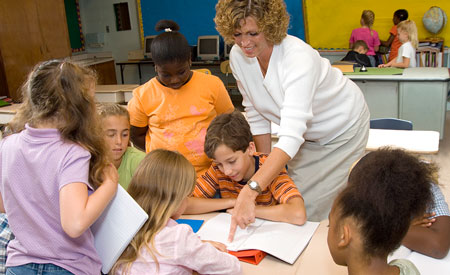
Implementation Made Easy
Committee for Children’s research-based Second Step® programs give teachers an easy-to-implement, engaging way to teach social-emotional skills and concepts. Second Step programs are designed to help children thrive and be more successful in school—ultimately setting them up to be thoughtful and productive adults.
Social-Emotional Learning: What It Is and Why It Matters
Learn more about the positive benefits of social-emotional learning and why it matters for all students.
Watch Now
The Purpose of SEL: Let’s Be Clear
Social-emotional learning isn’t just a feel-good activity. It’s not psychotherapy or an attempt to parent kids. Nor is it a substitute for core academic subjects such as math, science, or literacy.

Cooperation

Communication

Decision-Making
Instead, SEL concepts provide an extra dimension to education, focusing on improving cooperation, communication, and decision-making. In a world where emotional intelligence is critical for lifelong happiness, successful careers, and healthier relationships, SEL gives students a framework for developing these skills.
Documented Benefits of SEL
Decades of research have demonstrated the benefits of SEL. A short list of research findings includes the items below.
In a meta-analysis of 213 school-based SEL programs, participants demonstrated significantly improved social and emotional skills, attitudes, and behavior, as well as an 11-percentile-point gain in academic performance. [1]
Children who are socially and emotionally competent have more friends and more connections with positive peers, and are less likely to be rejected, isolated, or bullied. Children with friends are happier and more successful in school. [2]
Empathetic children with good perspective-taking skills are less likely to be physically, verbally, or indirectly aggressive toward peers. [3]
Children’s social relations affect their feeling of connectedness at school, which affects their sense of academic competence. [4]
The social-emotional competence of students is an important component of effective bullying prevention. [5]
SEL interventions show an average return on investment of $11 for every dollar spent. [6]
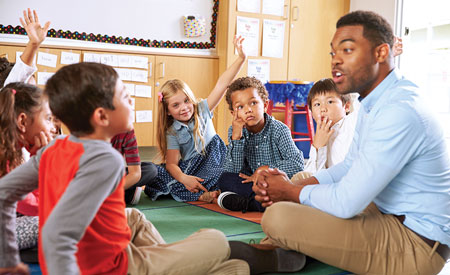
Social-Emotional Skills Can Be Learned
Children learn social-emotional skills in a variety of ways, including the behavior they see modeled by the adults in their lives. But social-emotional skills and concepts can also be taught explicitly in the classroom, in much the same way math or reading is taught.
How SEL Is Taught in the Classroom
- The teacher explains a concept with words, pictures, video, and/or audio
- Students practice the concept through skill practice, group discussion, individual writing, or partner work
- The teacher continues reinforcing the concept throughout the week
- The teacher sends information home for students to work on with parents
- The teacher checks for understanding
- The teacher re-teaches where necessary
SEL Promotes Workforce Readiness
Increasingly, business leaders are listing emotional intelligence and collaborative skills alongside technical savvy or subject-matter mastery in their key recruitment criteria. But how exactly does social-emotional learning translate to the workplace?
__Today’s fast-paced occupations require the critical skills SEL curricula teach, including: __
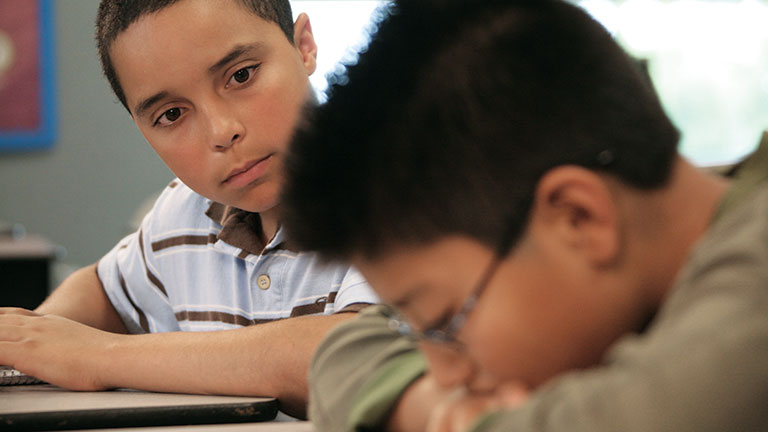
Empathy

Emotion Management

Emotion Recognition

Problem-Solving
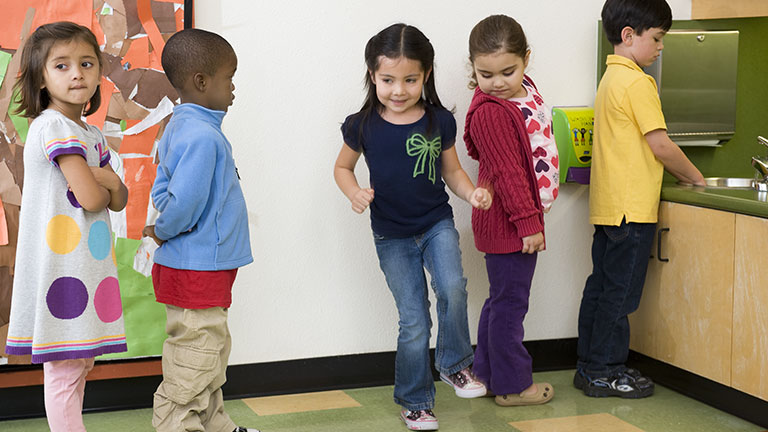
Impulse Control
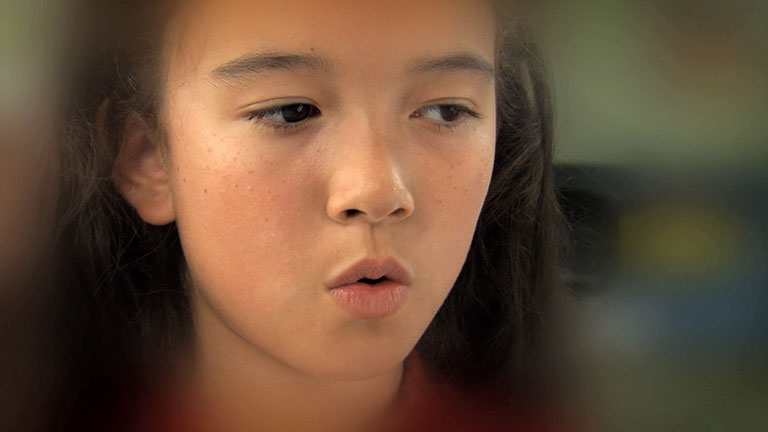
Calming Down
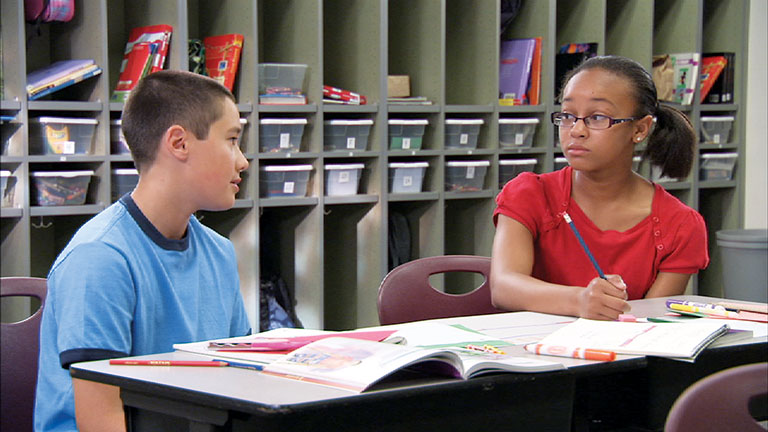
Communication
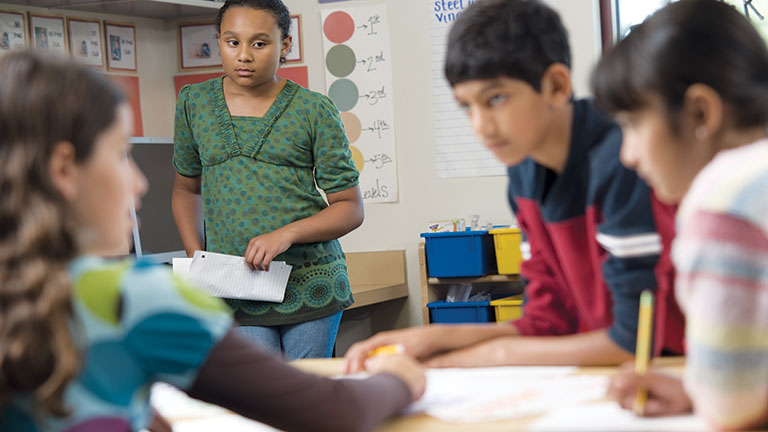
Assertiveness
SEL gives children an advantage in making their career dreams a reality. Read our white paper, “Why SEL and Employability Skills Should Be Prioritized in Education.” (PDF)
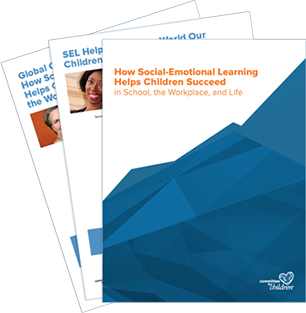
Download Our Free Ebook
How Social-Emotional Learning Helps Children Succeed in School, the Workplace, and Life
This ebook features perspectives from a number of leading teachers, administrators, researchers, and education experts.
Contributors
Joan Cole Duffell
Former Executive Director, Committee for Children
Matt Segneri
Director, Social Enterprise Initiative (SEI), Harvard Business School
Andria Amador
Assistant Director of Behavioral Health Services, Boston Public Schools
Roger P. Weissberg, PhD
Chief Knowledge Officer, CASEL
Meria Joel Carstarphen
Superintendent, Atlanta Public Schools
Reed Koch
Former President, Board of Directors, Committee for Children
Alonda Williams
Senior Director for Education, Microsoft
R. Keeth Matheny
Teacher, Austin (Texas) Independent School District
Dan Kranzler
Founder, Kirlin Charitable Foundation
Paul D. Eaton
Major General (Ret.), United States Army
Related Blog Posts
How Second Step® Programs Can Help
With more than 20.5 million children currently participating each year, Second Step programs are the premier SEL curricula in the nation. We help educators create success in their schools and districts.
- Durlak, J. A., Weissberg, R. P., Dymnicki, A. B., Taylor, R. D., & Schellinger, K. B. (2011). The impact of enhancing students’ social and emotional learning: A meta-analysis of school-based universal interventions. Child Development, 82(1): 405–432.
- Collaborative for Academic, Social, and Emotional Learning. (2007). Background on social and emotional learning (SEL). Chicago: University of Illinois at Chicago.
- Kaukiainen, A., Bjorkqvist, K., Lagerspetz, K., Osterman, K., Salmivalli, C., Rothberg, S., et al. (1999). The relationships between social intelligence, empathy, and three types of aggression. Aggressive Behavior, 25, 81–89.
- Guay, F., Boivin, M., & Hodges, E. V. E. (1999). Predicting change in academic achievement: A model of peer experiences and self-system processes. Journal of Educational Psychology, 91, 105–115.
- Smith, B. H., & Low, S. (2013). The role of social-emotional learning in bullying prevention efforts. Theory Into Practice, 52(4), 280–287. doi:10.1080/00405841.2013.829731
- Belfield, C., Bowden, B., Klapp, A., Levin, H., Shand, R., & Zander, S. (2015). The Economic Value of Social and Emotional Learning. New York: Center for Benefit-Cost Studies in Education, Teachers College, Columbia University.